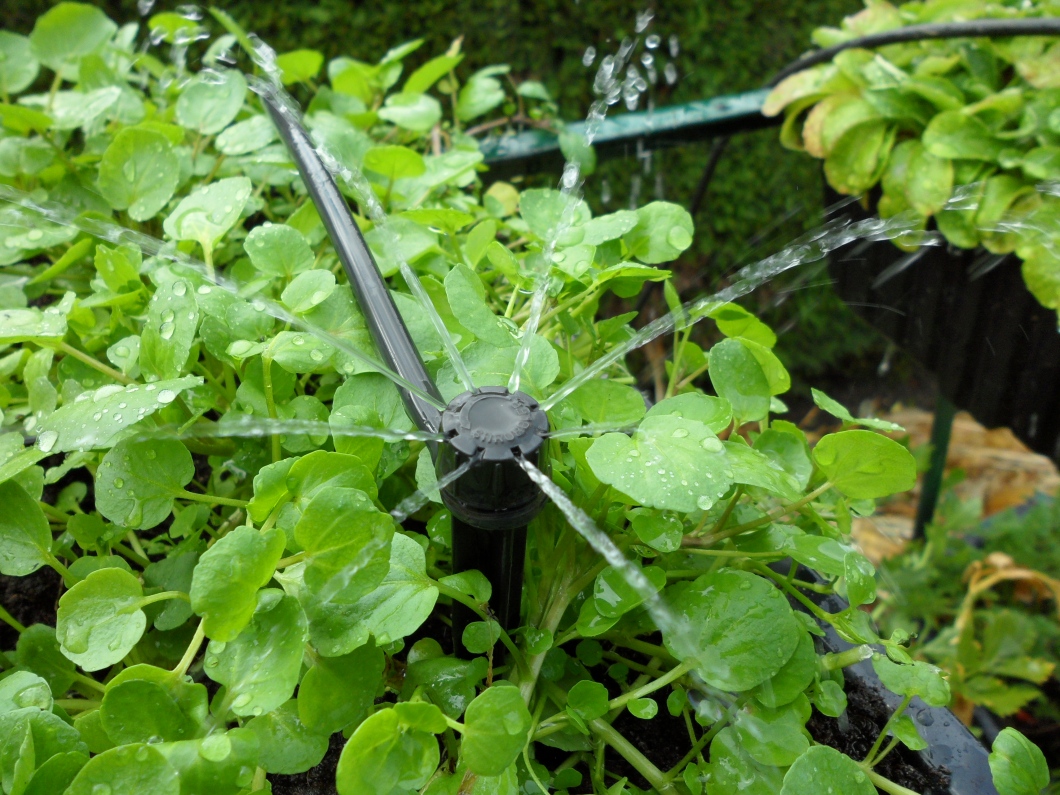Home gardening is enjoying a resurgence in popularity for a number of reasons. Some people just enjoy the level of flavor and nutritional value that only just-picked fruits and vegetables can provide. One reason for the loss of flavor and nutrition in supermarket produce is premature mechanical harvesting to prevent bruising. Another is moisture loss during transportation which can result in nutrient degradation and even microbial spoilage.
Other people are concerned about the increasing number of food allergies related to genetically modified fruits and vegetables. Still others enjoy the process of gardening, feeling connected to the earth and the opportunity to share their harvest with friends, family, and co-workers. Whatever their reasons for deciding to plant a garden, everyone wants to keep costs low while conserving as much water as possible to produce their fresh fruits and vegetables. Installing a water flow measurement device from flowmeters.com can help you monitor your water usage and identify any leaks early on. The type of watering system you choose will depend upon what kinds of plants you want to grow.
For above-ground plants, lawns and flower gardens, installing an automatic sprinkler system is a good option. However, there are also portable sprinkling systems for those who enjoy spending time outdoors. There are several types of sprinklers, including oscillating sprinklers, which divide the volume of water using small holes, and impact sprinklers, which are usually used for larger irrigation projects. Benefits of sprinkler systems include being able to customize the size and shape of the watering area to include trees, flowers and hedges. Automation can also conserve water as well as time, since watering times can be adjusted according to weather conditions.
Many gardeners prefer a soaker hose irrigation system, or use a combination of both systems for maximum effectiveness. One of the benefits of a soaker hose system is that water is able to directly reach the roots of plants, which reduces water loss. An added benefit is that it also keeps water off the leaves. Water on the leaves often attracts pests and sometimes leads to plant disease. A soaker hose system can be created relatively inexpensively. Rather than throwing out that leaky garden hose, you can transform it into a drip watering system by punching holes 1 to 2 inches apart, with six inches on each end with no holes and attach a brass hose cap.
Whatever system you choose, valves are perhaps the most important element of any irrigation system in terms of ensuring that plants receive the right amount of moisture while conserving water. Depending upon the size of your garden and what kinds of plants you want to grow, there are a wide variety of valves available that suit different purposes. Every watering system should have an emergency shut-off valve installed as close to the main water source as possible to avoid having to shut down the water system of the house to work on the irrigation system. Experts recommend spending a little more for a “ball valve” or “butterfly valve”, which are both more reliable and last longer than other types of gate valves.
There are also several types of irrigation control valves, sometimes called solenoid or sprinkler valves. One of those is the anti-siphon valve, which comes with a built-in backflow preventer. These types of valves must be installed above ground at least six inches higher than the sprinkler heads. They are connected directly to the mainline pipe, which experts recommend should be buried at least 18 inches deep. Anti-siphon valves perform the important function of This valve performs the important function of preventing fertilizers and other lawn chemicals from getting into the main water supply. While some plastics commonly used to manufacture inexpensive valves are superior to others, brass valves are recommended for superior performance, durability and maximum resistance to water pressure and weather conditions over time.
Modern technology, coupled with video tutorials, has made it possible for even the most inexperienced future gardener to design and install a garden irrigation system at very little cost. Even better news is that with the increasing popularity of neighborhood farmer’s markets, those costs can not only be quickly recouped, but can even result in economic profit. The cost savings of reduced stress and the health benefits of fresh home-grown fruits and vegetables is a potentially priceless added bonus.

